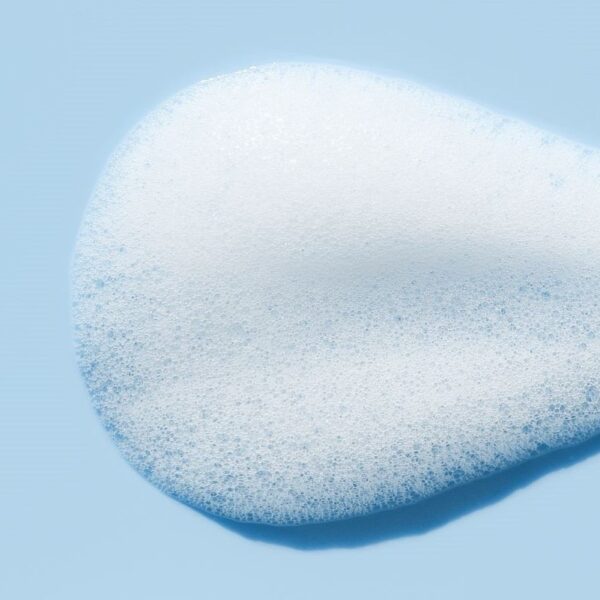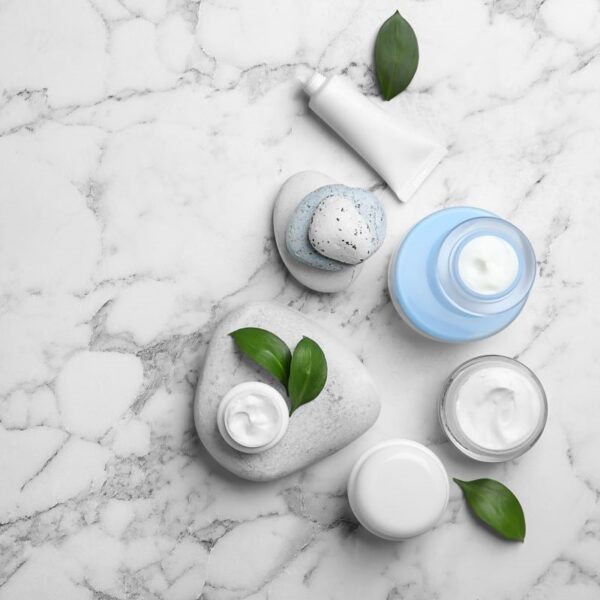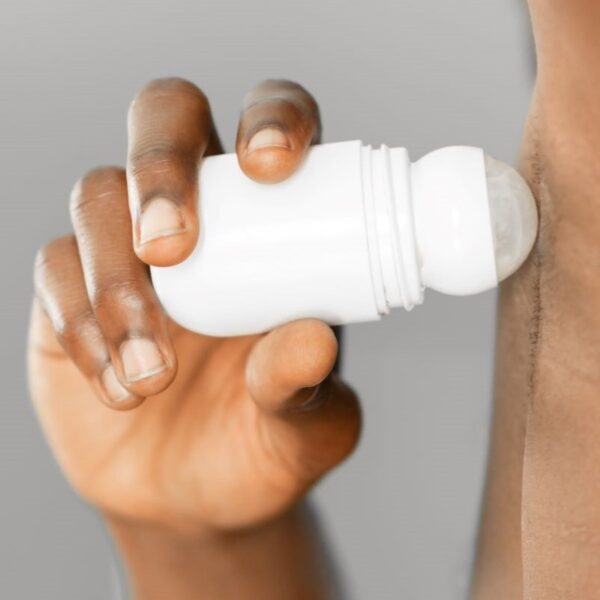Octyl Methoxycinnamate (OMC), also known as Ethylhexyl Methoxycinnamate, is a synthetic compound that has made a mark in the personal care industry. The compound is lauded for its remarkable sun protection characteristics, alongside other properties that have made it an essential ingredient in an array of personal care products. This article aims to elaborate on Octyl Methoxycinnamate, its functions and applications in personal care products, its chemical properties, and the safety and regulatory aspects related to its usage.
What is Octyl Methoxycinnamate?
Octyl Methoxycinnamate, a compound derived from cinnamic acid, is an organic UVB filter. UVB rays are the ultraviolet rays that cause sunburn and play a significant role in developing skin cancer. OMC has been primarily used in sunscreens and lip balms to absorb UVB radiation, thus protecting the skin from damage. Unlike inorganic sunscreens, its organic nature ensures it does not leave a white residue, making it cosmetically appealing.
Octyl methoxycinnamate is also known as Ethylhexyl methoxycinnamate. It is an ester formed from methoxycinnamic acid and 2-ethylhexanol. People can find this ingredient on product labels under various names. Companies may list Octyl methoxycinnamate under Octinoxate, Octyl-methoxycinnamate, 2-ethylhexyl-4-methoxycinnamate, Avobenzone (Parsol, Escalol), or Neo Heliopan.
Source: Wikipedia
Olefin metathesis has been widely studied. One of the synthesis pathways for octyl methoxycinnamate includes cross-metathesis. The high efficiency of the nitro-Grela catalyst has been used in the cross-metathesis of trans-anethole with 2-ethylhexyl acrylate to produce octyl methoxycinnamate (86% yield).
Use of Octyl Methoxycinnamate in Personal Care
UV filters minimize the undesired effects of UV radiation on the skin and are an essential component of sunscreens. By protecting the skin against dangerous sun radiation, they contribute to preventing premature light-caused skin aging and skin cancer.
Chemical sunscreens, or organic UV filters, are generally aromatic compounds. Their molecular structure is responsible for absorbing UV energy. Organic filters absorb UV rays, which produce excitation of the sunscreen chemical to a higher energy state. Then, they return to the ground state and convert the absorbed energy into longer, lower energy wavelengths (heat). Examples of organic UVB absorbing filters include octinoxate. Organic filters are often combined to achieve the desired broad-spectrum protection. Ethylhexyl methoxycinnamate (abbreviation: EHMC) is a soluble organic UVB filter. It absorbs UVB radiation from approximately 280 to 320 nm.
Applications in Personal Care Products
| Function | Applications |
| UV Absorber | Octyl methoxy cinnamate (OMC) is one of sunscreens’ most used UVB filters. It is commonly used to absorb from 280 to 320 nm. |
| UV Filter | Soluble organic UV filters absorb the UV radiation, transform it into heat and form an invisible protective shield in the upper skin layer. |
| Light Stabilizer | Its cosmetic function intends to protect the product from light-induced deterioration. |
Product Examples
Octyl Methoxycinnamate is an invaluable component in the personal care industry, predominantly for its sun-protecting capabilities. The compound’s chemical properties make it ideal for inclusion in various products, including sunscreens, cosmetics, and hair care products.
| Type | Examples |
| Sun Care Products | Sunscreens, Sunscreen gels, Baby sunscreen |
| Color Cosmetics | Foundation with SPF Claim, Lip Balms, Primer, Lipsticks |
| Skin Care | Face and Hand Moisturizers, Aftershaves |
| Hair Care | Hair Styling Gel, Hair Sprays, Pomade |
Properties of Octyl Methoxycinnamate
| Appearance at 25 °C | Clear Colorless to Yellow Liquid |
| Molecular Weight (g/ml) | 290.4 |
| Density at 18°C (g/cm3) | 1.009 |
| Specific Gravity | 1.01-1.02 |
| Solubility | Insoluble in water, miscible in alcohols, propylene glycol mono myristate, and various oils. |
| Melting Point | <-25℃ |
| Boiling Point | 198-200°C |
| Refractive Index | 1.543-1.547 |
| Odour | Odorless |
| Shelf Life | 12-18 months |
| Storage Conditions | Store in well-filled, tightly sealed containers in a cool, dry place.Sensitive to light.Ideal Storage Temperature – 2-8°C |
Typical Formulations
Here is an example of a personal care products table with Ethylhexyl Methoxycinnamate along with the % weight of ingredients:
| Product End-Use | Recommended % Composition |
| Sunscreens | 1-10% |
| Face Moisturizers | 4-6% |
| Foundations | Up to 7.5% |
| Lip Balms, Lipsticks | Up to 5% |
Octyl Methoxycinnamate Formulation Considerations
- Organic sunscreens can penetrate the skin due to their lipophilic nature, which may cause safety concerns. An issue with many organic sunscreens is their photostability. Upon exposure to UV radiation, the structure of UV filters may be negatively affected and destroyed. As a result, instead of returning to the ground state, they lose their absorption capacity. Therefore, most formulations contain photo stabilizers.
- Octyl Methoxycinnamate is incompatible with potent oxidizing agents.
Octyl Methoxycinnamate Formulation Phases
Moisturizer SPF-30
This bright white sunscreen has a rich texture yet is light when applied to the skin. The film left on the skin is particularly thin and presents no linting effect, which is suitable for an emulsion with SPF 30.
| PHASE | INCI Name | TRADE Name | Supplier | % Wt. |
| A1 | Water | Demineralized Water | – | 41.1 |
| Styrene/Acrylates Copolymer | Sunspheres Powder | Dow (Univar) | 2.0 | |
| Coco-Caprylate | Cetiol C5 | BASF | 1.0 | |
| A2 | Hydroxyethyl Acrylate/Sodium Acryloyldimethyl Taurate Copolymer | Sepinov EMT 10 | Seppic | 0.5 |
| Xanthan Gum | Satiaxane CX91 | Cargill | 0.3 | |
| Glycerin | Glycerin | – | 3.0 | |
| A3 | Disodium EDTA | E.D.T.A Disodium Salt | – | 0.1 |
| A4 | Water | Demineralized Water | 10.0 | |
| Potassium Cetyl Phosphate | Amphisol K | DSM Nutritional Products | 0.3 | |
| B | Polyglyceryl-6-Distearate, Jojoba Esters, Polyglyceryl-3 Beeswax, Cetyl Alcohol | Emulium Mellifera MB | Gattefosse | 4.5 |
| Coco-Caprylate | Cetiol C5 | BASF | 3.0 | |
| Butylene Glycol Cocoate | Cocoate BG | Gattefosse | 3.0 | |
| Butylene Methoxydibenzoylmethane | Parsol 1789 | DSM Nutritional Products | 3.0 | |
| Ethylhexyl Salicylate | Parsol EHS | DSM Nutritional Products | 5.0 | |
| Ethylhexyl Methoxycinnamate | Parsol MCX | DSM Nutritional Products | 7.5 | |
| Homosalate | NEO Heliopan HMS | Symrise | 7.0 | |
| Ethylhexyl Methoxycrylene | Salastay S1 | Hallstar | 2.0 | |
| ButylOctyl Salicylate | Hallbrite BHB | Hallstar | 4.0 | |
| Benzotriazolyl Docecyl P-Cresol | Tinogard TL | BASF | 1.0 | |
| C | Dimethicone, Dimethiconol | Xiameter PMX-1503 Fluid | Xiameter | 1.0 |
| D | Preservative | Preservative | – | 0.7 |
| TOTAL | 100.0 | |||
Source: Gatte Fosse
Formulation Procedure
- Disperse Sunspheres™ Powder into the water and Cetiol® C5 with a propeller and heat to 55 °C, then mix with UltraTurrax (13000 rpm) for 15 minutes.
- Premix A2, then add to A1 and let the gel swell. Then add A3 to A1+A2, and heat A to 75 °C.
- Premix A4 and heat to 80 °C, then add to A1+A2+A3.
- Heat B under stirring to 75 °C until complete solubilization.
- Add B (75 °C) to A (75 °C) slowly under mixing (1500 rpm) for 15 minutes.
- Then cool under moderate mixing (800 rpm) to 35 °C and add C, then D.
- Complete cooling.
Safety & Regulatory Considerations
The use of Octyl Methoxycinnamate has been under scrutiny due to concerns regarding its safety. Some studies suggest that OMC might produce free radicals that could contribute to skin aging and cancer. However, the data could be more conclusive, and more research is needed to establish these claims.
| FDA Information | Octinoxate is the UVB filter in 90% of sunscreens in the United States. The Food and Drug Administration (FDA) has approved it for use in cosmetic and pharmaceutical products. The maximum concentration in ready-for-use products is 7.5% in the U.S. |
| EU Information | The European Union considers octinoxate safe in specific concentrations. The maximum concentration of ready-for-use products is 10% in the E.U. |
Environmental & Health Effects of Octyl Methoxycinnamate
- Octinoxate may cause dermatitis: Some people are allergic or sensitive to octinoxate, which may result in allergic contact dermatitis. This eczema causes an itchy, inflamed rash in the area that comes into contact with the irritating substance.
- Another type of reaction is photo contact dermatitis, which occurs due to a combination of an allergen and UV light exposure.
- The FDA advisory panel on over-the-counter sunscreen active ingredients concluded that 2 ethylhexyl p-methoxycinnamate is not a skin irritant or photosensitizer. Prolonged use of sunscreen products with SPFs over 20 may increase skin sensitization because of irritation by multiple sunscreen materials and their photodegradation products.
- Octinoxate is an endocrine-disrupting compound (EDC), but its potential to affect human hormones is unclear. An older, short-term study 2004 found that a cream containing octinoxate and other UV filters had little to no effect on hormones in males or females after 2 weeks.
- Ethylhexyl Methoxycinnamate is suspected of being a pollutant of surface waters that endangers aquatic organisms. Also, there is an allegation that Ethylhexyl Methoxycinnamate is associated with the bleaching of coral reefs. They allegedly contribute to coral bleaching and the destruction of coral reefs. However, valid ecological studies indicate that Ethylhexyl Methoxycinnamate is readily biodegradable and does not persist in the environment.
Identification Numbers
| INCI Name | Ethylhexyl Methoxycinnamate |
| CAS Number | 5466-77-3 |
| EC Number | 226-775-7 |
| EPA Substance Registry System | 2-Ethylhexyl p-methoxycinnamate (5466-77-3) |
| United States Adopted Name (USAN) | Octinoxate |
| Trade Names | Eusolex 2292 and Uvinul MC80 |
Source: Europa.eu and ChemicalBook
Fun Facts About Octyl Methoxycinnamate
- Unlike other sunscreens that leave a white residue, Octyl Methoxycinnamate is clear on the skin, making it a popular choice for everyday wear.
- OMC improves the texture and feel of personal care products, contributing to a non-greasy, lightweight, and aesthetically pleasing formulation.
- In addition to skin, OMC is used in some hair care products to protect hair from sun damage. This protection helps maintain the health and color of hair, especially for dyed hair which is more susceptible to color fading with UV exposure.
- OMC is photostable, which means it retains its protective capacity even after being exposed to sunlight for extended periods.
Additional Resources
- Allergy to Cinnamate – DermNet NZ
- Environmental effects of oxybenzone and other sunscreen active ingredients – PubMed
- In vitro effect of octyl-methoxycinnamate (OMC) on the release of Gn-RH and amino acid neurotransmitters by hypothalamus of adult rats – PubMed
- Octyl-methoxycinnamate – PubChem
- CosIng – European Commission
- Safety Assessment of Octyl-Methoxycinnamate (OMC) – Cosmetic Ingredient Review
- In vitro effect of octyl – methoxycinnamate (OMC) on the release of Gn-RH and amino acid neurotransmitters by hypothalamus of adult rats – Exp Clin Endocrinol Diabetes
- Review of environmental effects of oxybenzone and other sunscreen active ingredients – J Am Acad Dermatol







